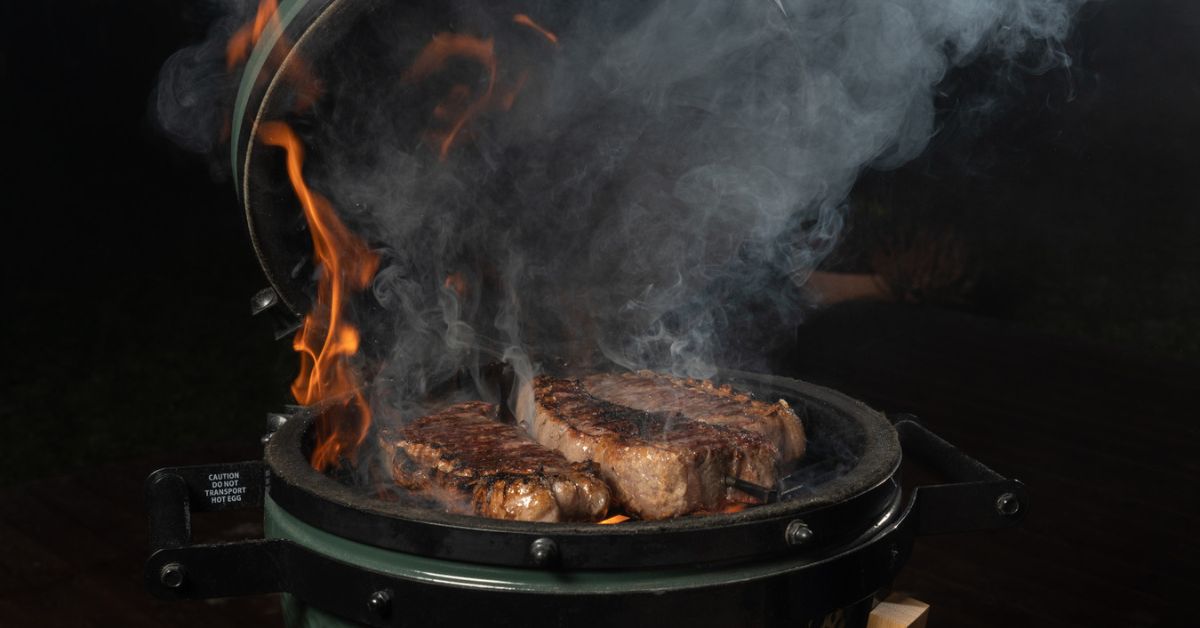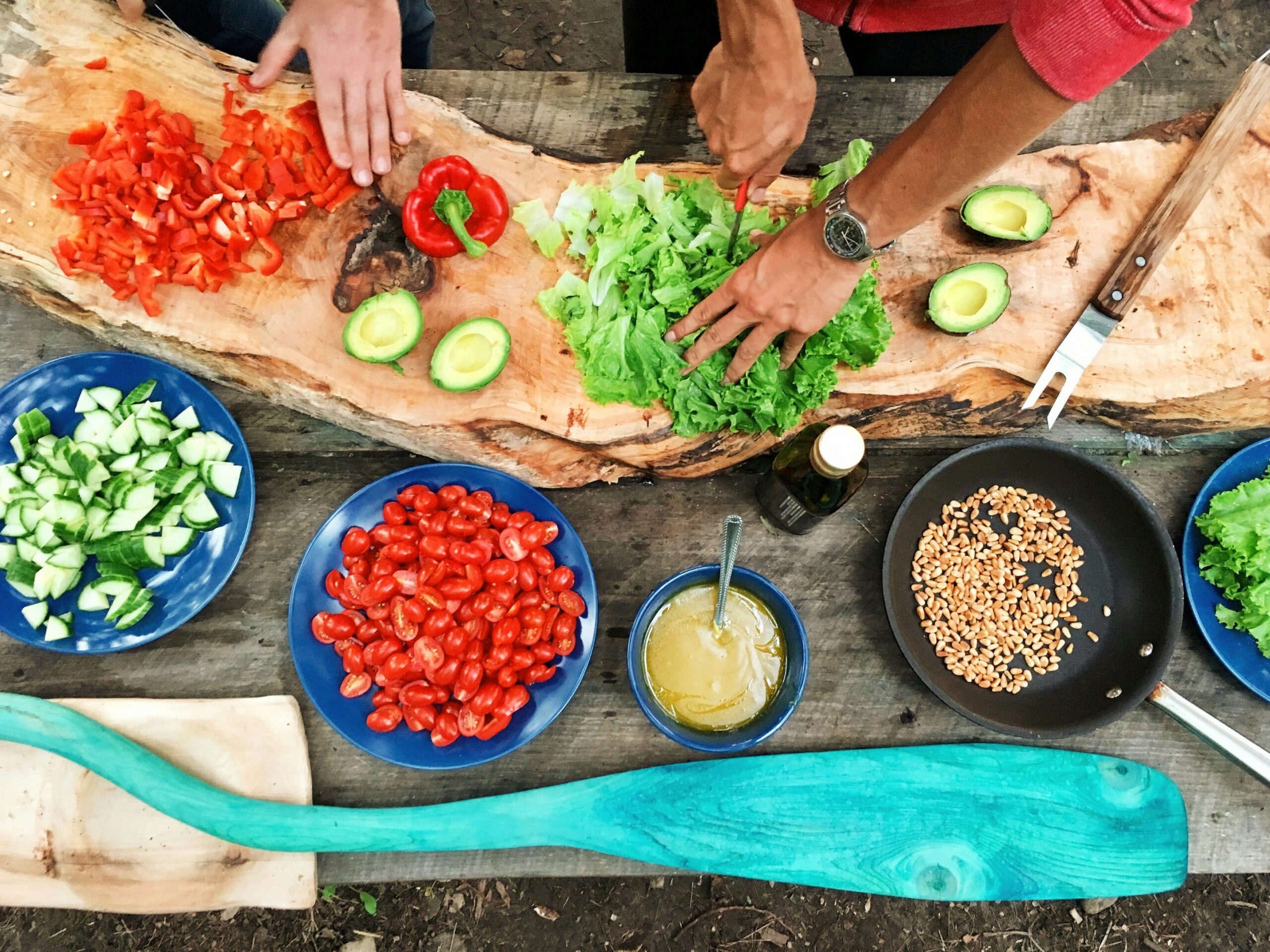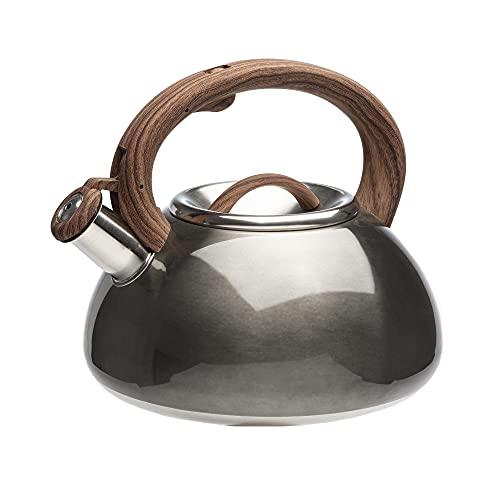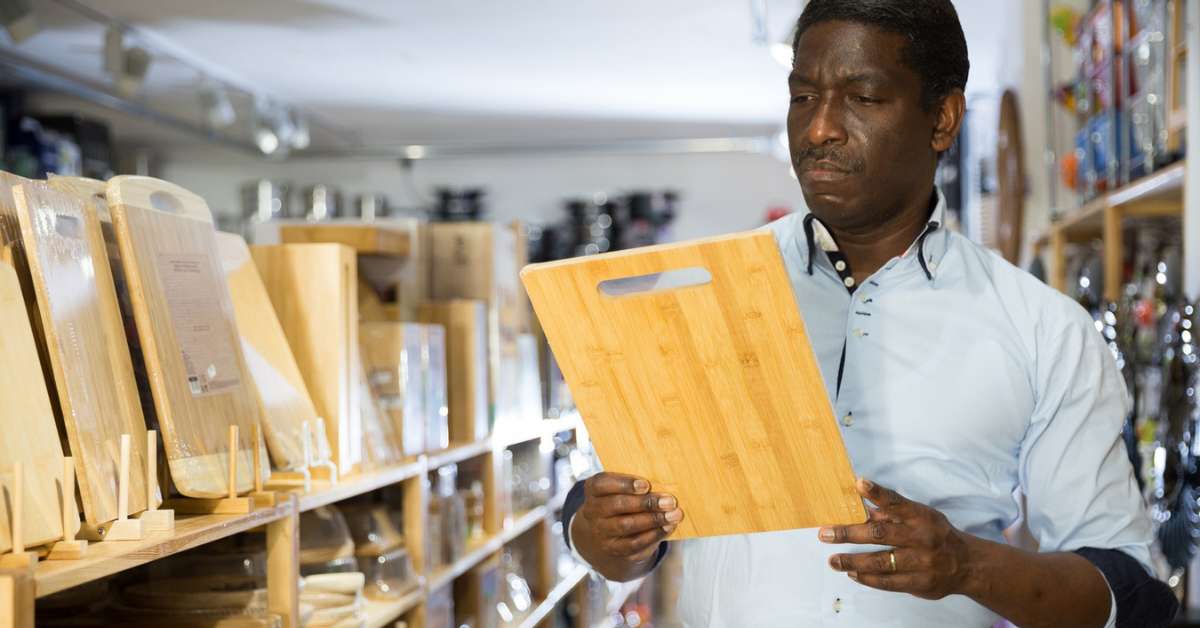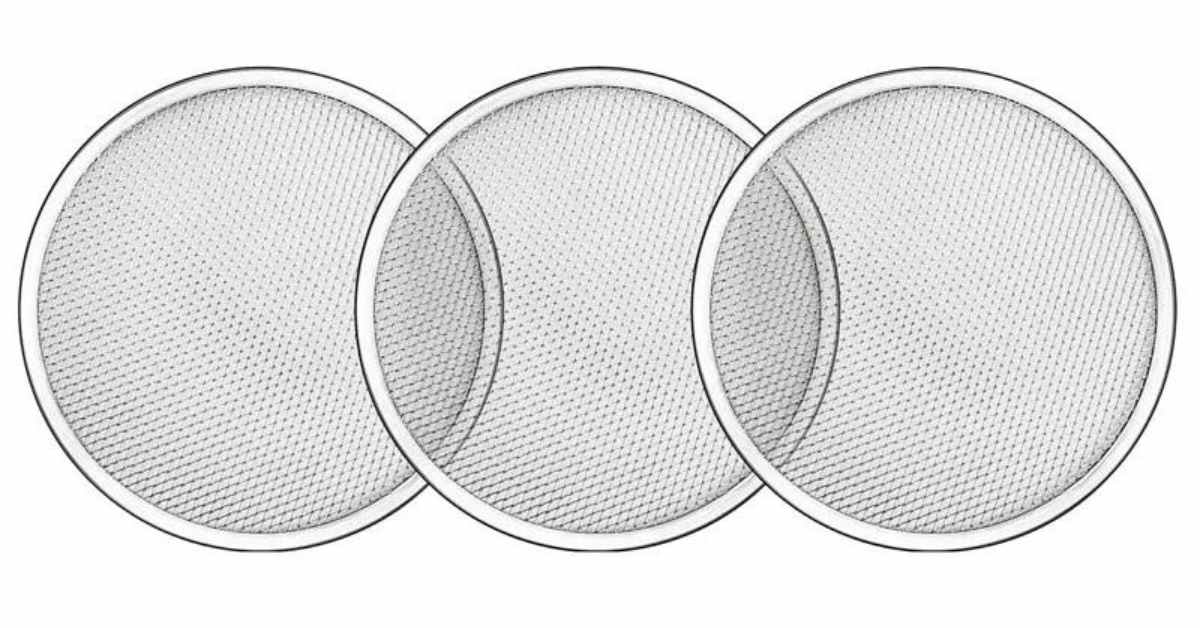Grilling has evolved beyond merely cooking; it’s now a revered culinary art. Smoking techniques add depth and complexity to the flavors of grilled food. Understanding the methods and nuances of smoking can elevate the grilling experience to new heights.
Table of Contents
ToggleImportance of Smoking in Grilling
The infusion of smoky flavors into grilled dishes is a hallmark of culinary excellence. Smoking introduces a distinct taste profile that tantalizes taste buds, setting grilled meals apart. It imparts a rich, earthy essence that can transform ordinary dishes into extraordinary ones.
Types of Smoking Techniques
Direct Smoking
Direct smoking involves placing food directly above the heat source, allowing it to absorb smoke directly. This method is perfect for infusing robust flavors quickly.
Indirect Smoking
Indirect smoking involves placing the food away from the direct heat source, allowing it to cook slowly while absorbing the smoke essence. It’s ideal for larger cuts of meat or delicate foods that require longer cooking times.
Cold Smoking
Cold smoking involves smoking food at lower temperatures over an extended period. This technique is perfect for imparting a subtle smoky flavor to foods without fully cooking them.
Advantages of Different Techniques
Each smoking technique offers unique advantages. Direct smoking is quick. Indirect smoking ensures even cooking, while cold smoking gently infuses flavors without altering the food’s texture.
Factors Affecting Smoking Techniques
Type of Grill
Different grills require different smoking approaches. Charcoal grills, gas grills, and pellet grills each offer distinctive smoking experiences.
Wood Selection
The choice of wood significantly impacts the flavor. Woods like hickory, mesquite, applewood, and cherry impart diverse smoky nuances to the grilled food.
Temperature Control
Maintaining the right temperature is critical for successful smoking. Learning to control the heat ensures the perfect balance between cooking and smoking.
Tips for Beginners
- Start with small smoking sessions to understand the process.
- Experiment with various wood flavors to find personal preferences.
- Patience is key; mastering smoking techniques takes time and practice.
Safety Measures
While indulging in smoking techniques for grilling, safety should be a priority. Always operate grills in well-ventilated areas, use proper equipment, and follow manufacturer guidelines.
Conclusion
Smoking techniques for grilling introduce a world of possibilities for enhancing the taste of your grilled dishes. Experimentation and practice will help you master the art, adding layers of flavor to your culinary creations.
FAQs of Smoking Techniques for Grilling
Is there a specific wood that’s best for all types of food?
While personal preferences vary, woods like applewood and hickory are versatile and complement a wide range of dishes.
Can I cold smoke with any type of grill?
Not all grills are suitable for cold smoking. Some specialized grills are designed explicitly for this purpose.
How long should one typically smoke food?
The duration varies based on the type of food and desired smoky intensity. It can range from 30 minutes to several hours.
What’s the difference between grilling and smoking?
Grilling involves high heat over a short period, while smoking requires low heat and a longer cooking time to infuse smoky flavors.
Are there any health concerns related to smoked food?
When done correctly, smoked food is safe to consume. However, excessive consumption may expose one to potentially harmful compounds, so moderation is advised.

